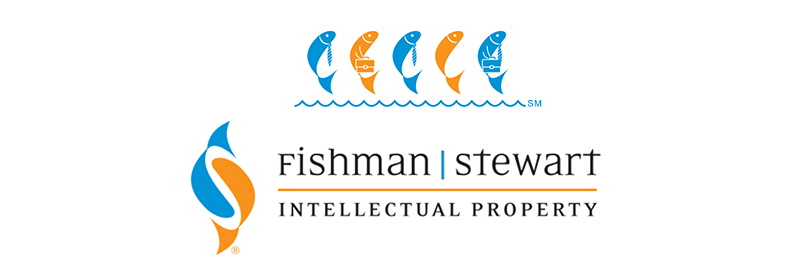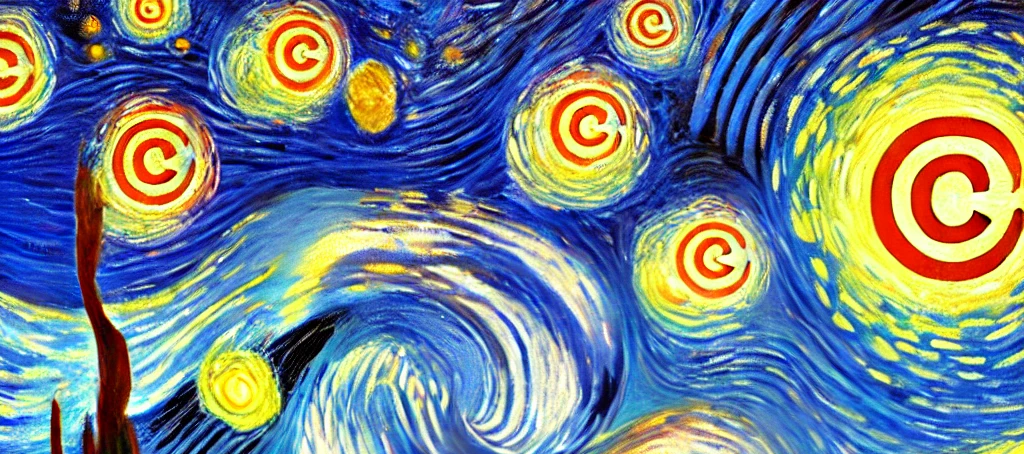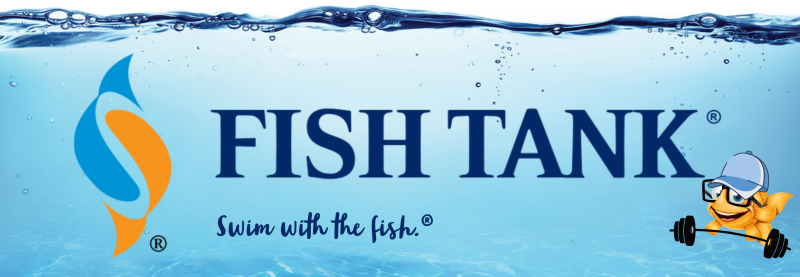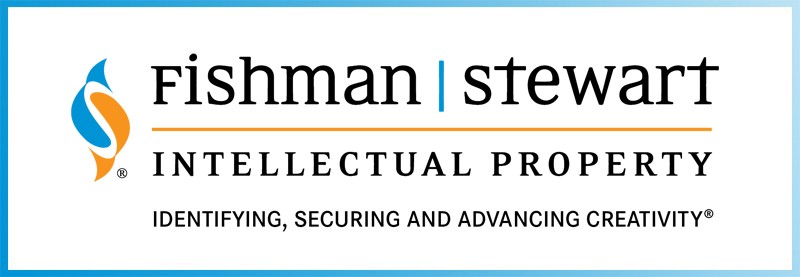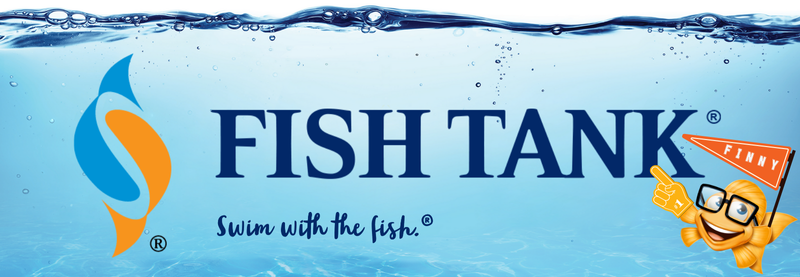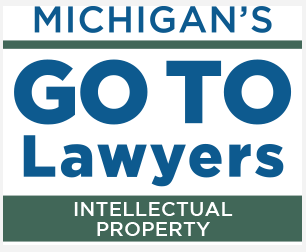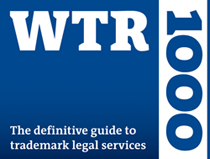Intellectual Property Insights from Fishman Stewart
Mini Article – Volume 25, Issue 4
Share on Social
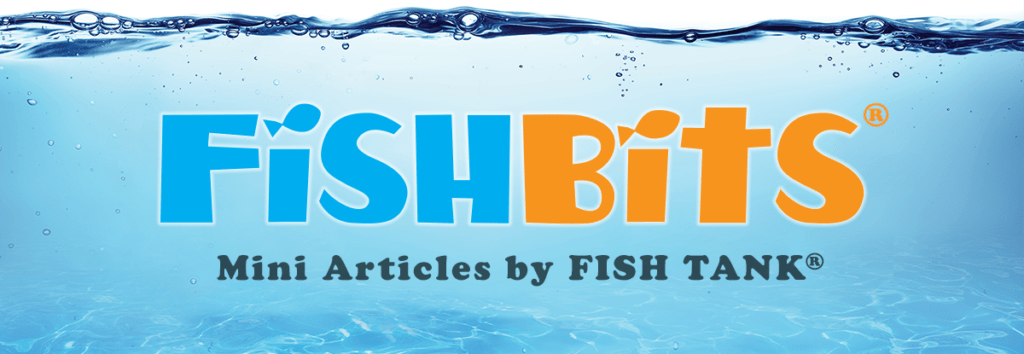
AI Wrote This Headline—And It’s Not Copyrightable
By Kristyn Webb
The U.S. Copyright Office (USCO) recently published its latest report on AI and “copyrightability.” In short, the USCO considers only some AI-generated works to be sufficiently creative as to deserve copyright protection, and thus, registration. The report breaks down AI-generated works into three categories according to how much human input is provided during different parts of the creative process.
Category 1: Anything that an AI generates purely from prompts is not eligible for copyright registration. If you type a prompt into an AI tool and let it generate an image, text, or other content, you cannot obtain registration. It doesn’t matter how detailed your prompt is, how many times you refine it, or how much effort you put into crafting it. According to the USCO, AI tools don’t allow enough human control for copyright law to recognize the result as your own creative work. This might change in the future as AI technology evolves, but for now, this is a hard rule that follows the USCO’s previous decisions with respect to works like A Recent Entrance to Paradise (currently being appealed in DC Circuit) and Théâtre D’opéra Spatial (currently being appealed in D. Colorado).
Category 2: Uploading original content and using AI to modify it and generate an output provides limited protection for the human-made portions of the work. If you start with your own original content (like a photo or a doodle) and use AI to modify it, you may be able to register the copyright on the parts you created. This seems at odds with the USCO’s previous decision in SURYAST which acknowledged the author’s copyright in an underlying photograph, but denied registration entirely in the AI-modified output in the style of Vincent van Gogh’s The Starry Night. Given this uncertainty, if you use AI to edit, enhance, or transform something you created, you may want to keep records of your original work. That way, if you need to prove what parts were made by you, you’ll have the documentation to back it up.
Category 3: Arranging or modifying AI-generated content may provide some bases for registration. If you use AI-generated elements but put sufficient effort into selecting, arranging, or modifying them, you may be able to register the copyright on your contribution. This is similar to how a photographer can hold copyright a collage. However, the AI-generated pieces themselves will not be registrable. For example, in a case involving the AI-assisted graphic novel Zarya of the Dawn, the USCO allowed copyright protection only for the parts of the work that were clearly human-made, excluding AI-generated portions.
Also, making alterations and modifications to an AI-generated work may provide some basis for registration. However, the USCO guidance is a bit murky here, as it shows a step-by-step example of “Vary Region and Remix Prompting” in Midjourney but does not explain whether or how the output(s) might be registered. Nor does it explain how visually selecting a portion of an artwork to further modify using prompts is fundamentally different from using textual inputs as one might do in Category 1. Again, it may be prudent to keep records of your human contributions during the creative process.
As a bit of background, in the United States, and in many other countries, copyright protection arises automatically at the moment a work is created or “fixed in tangible medium.” Copyright registration is optional, but it provides several key benefits, and in many cases, is a prerequisite to bringing an infringement lawsuit in federal court. Consequently, the USCO’s position on what works it will register may have a big impact on content creators when it comes to enforcing their rights.
It may be years before these issues make their way up through the court systems, or generations before we see an act of Congress. So, it is important to stay informed of how the USCO is interpreting “copyrightability” when it comes to AI-generated works.
Kristyn Webb is an attorney with Fishman Stewart’s Copyright Practice Group, and holds a master’s degree in copyright law from King’s College London.
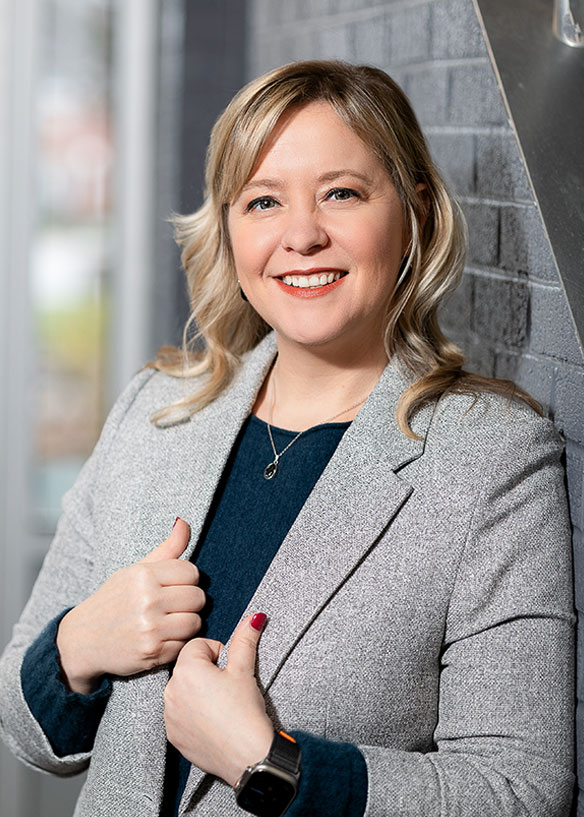
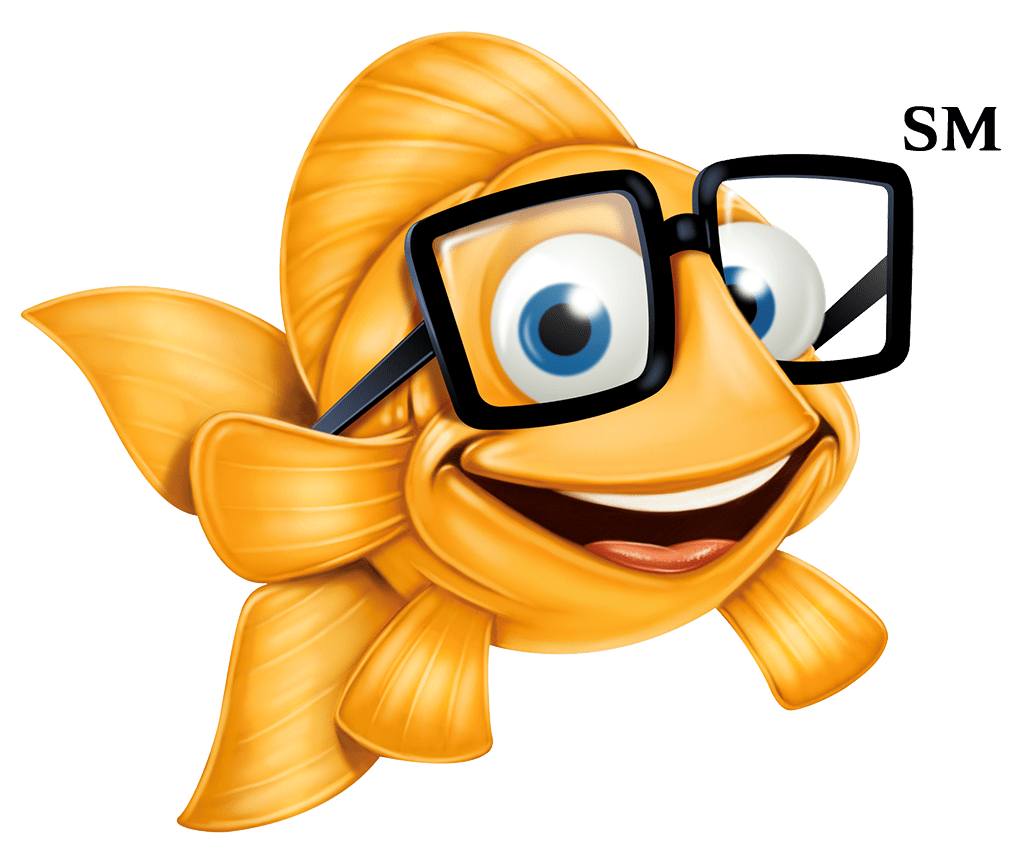
Related Content from Fishman Stewart
People have long pondered whether or not the Giza pyramids were indeed solely burial chambers, which was the only known, and archaeologically determined, use—until now.
By 1930, efforts began in New York to replace Mother's Day with Parent's Day because men were more than just breadwinners. Those efforts didn't catch on, probably because in that era, women often spent more time in the home.
In February, Nike and Skims announced that they will be working together on a new brand, NikeSkims. The co-brand will create a new line of training apparel, footwear, and accessories specifically designed to meet the unique needs of women athletes.
Generally, federal courts have exclusive jurisdiction over copyright cases, and often, this presents an insurmountable paywall for individual artists and small businesses to vindicate their rights, especially where the value of the individual copyrighted works are relatively low.
Dedicated to raising public awareness about the importance of encouraging innovation and creativity throughout the world, the World Intellectual Property Organization (WIPO) annually observes World Intellectual Property Day on April 26 to showcase the role that patents, trademarks, industrial designs, copyrights and trade secrets play in our everyday lives.
Hold onto your foam fingers, sports fans – college sports just got a whole lot more interesting! The latest updates to Name, Image, and Likeness (NIL) rules are making student-athletes bigger than ever, and it’s not just about the game anymore.
Did a federal court in Louisiana recently decide that US copyrights are global rights? It seems so.
One of his most famous songs, “Lose Yourself” was recently at the center of a lawsuit. In 2019, Eminem’s publishing company Eight Mile Style sued Spotify claiming that Spotify streamed a number of its musical compositions without proper licenses.
One of the most common challenges is whether AI should be free to train on data that is protected by copyright and owned by third parties without first obtaining permission.
The U.S. Copyright Office (USCO) recently published its latest report on AI and “copyrightability.” In short, the USCO considers only some AI-generated works to be sufficiently creative as to deserve copyright protection, and thus, registration.
IDENTIFYING, SECURING AND ADVANCING CREATIVITY®
